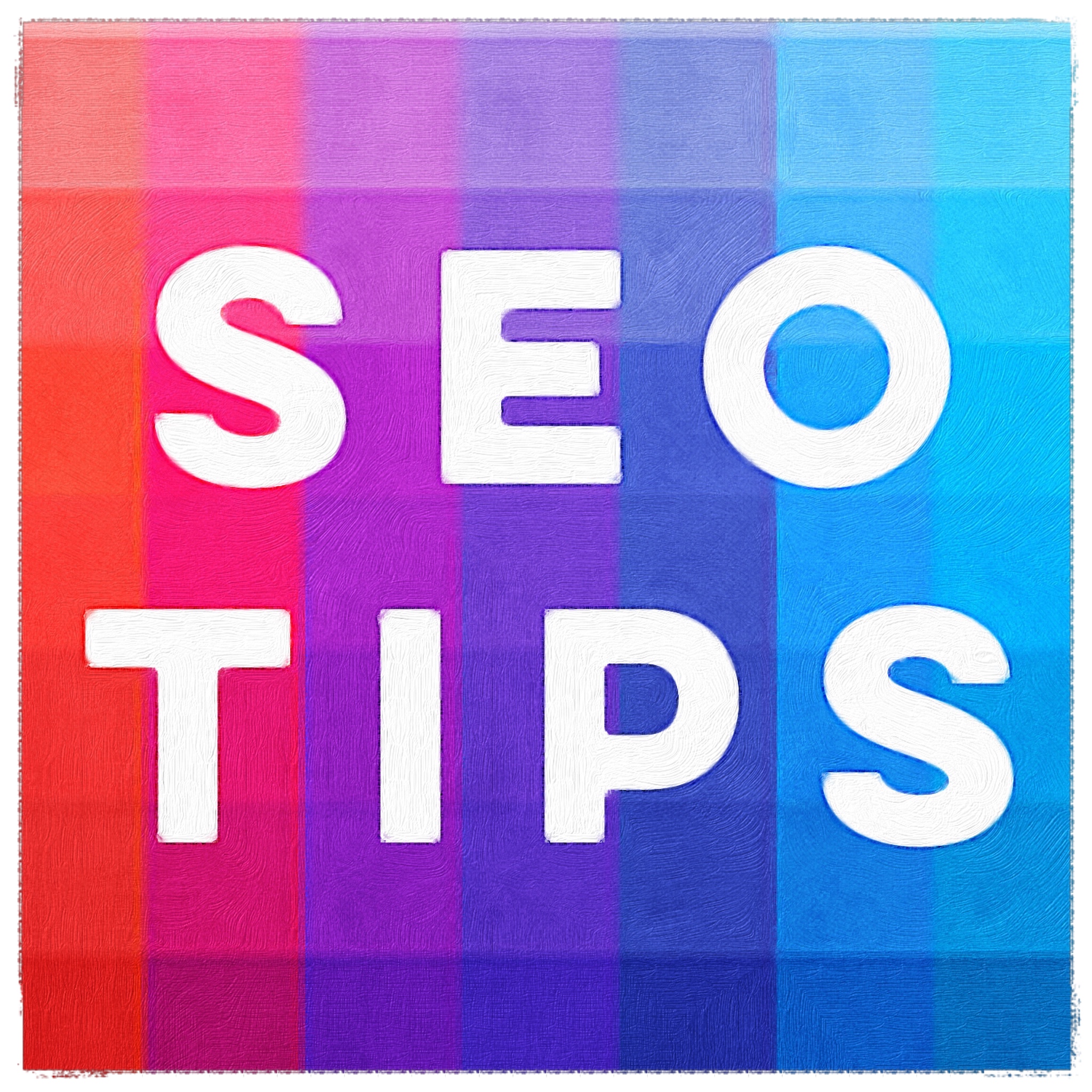 How do you promote your blog and increase its visibility? There are a variety of ways, but one of the most effective remains search engine optimization. Designing blog posts around the keywords that your target audience is using most frequently is a great way to ensure that your brand shows up in their Google search results.
How do you promote your blog and increase its visibility? There are a variety of ways, but one of the most effective remains search engine optimization. Designing blog posts around the keywords that your target audience is using most frequently is a great way to ensure that your brand shows up in their Google search results.
So how do you optimize your blog for better SEO? Here are five simple things you can do.
1. Title Tags
When a page is displayed on the Google search results page, the title tag is the link that you click on to view the content. You can specify the title tag on your blog using the SEO Yoast plugin (this sounds more geeky than it actually is) and simply typing it in.
Ideally, it should be short and punchy (Google only displays the first 60-70 characters or so), and convey some meaningful information about the blog post the user is about to read. And it should include your most relevant SEO keyword. Google gives title tags significantly more weight than the regular body of your blog when it comes to SEO, so it’s a great opportunity for keyword optimization.
2. Meta Descriptions
The meta description is the short blurb directly underneath the title tag in a Google search result. Google allows for about 156 characters for meta descriptions when viewed on a desktop, and about 120 characters when viewed on a mobile device. This means you can go into slightly more depth about what the reader can expect from your blog post – a sentence or two, tops.
Years ago, Google stated that meta descriptions are no longer part of their SEO equation. But if you break any of Google’s rules, like making your meta description too long, you can get dinged for it! So it IS still part of the SEO equation, but not in the way it used to be.
That said, don’t discount their power. They still have value to the human eye, so make sure they’re informative and well written. And it’s TOTALLY OK to use keywords in them.
While your title tag is focused on your main keyword, your meta description should use couple of important related keywords, based on things you cover in the post. For instance, if your title tag is, “Tips to Get the Most out of Your Blog’s SEO,” then your meta description might be, “Using title tags, meta descriptions, and more, to improve your blog’s search optimization.”
3. Headlines
While title tags and meta descriptions appear on the Google search page, the headline is the first thing you read when you actually visit the page. There are also subheadings: smaller headlines that break the blog down into sections. Google’s search algorithms take both headlines and subheadings into consideration when it comes to SEO. Much like title tags, they should be fairly short and punchy, and include a major keyword.
4. Photos
You probably don’t think much about the file names you use when you save images for your blog. But Google does. That name is weighed significantly in SEO, particularly when it comes to Image searches. If it’s just a random string of numbers and letters, you’re throwing away an important opportunity to have that image (and then, hopefully, the rest of your blog) seen by your target audience. Give every photo a file name relevant to what’s in the image, and include an important keyword.
5. Text Links
When your blog hyperlinks to another webpage, the text you use to create that hyperlink is factored into that page’s SEO. So when linking to other blog posts on your site (which you absolutely should do in every post, for a number of reasons) avoid generic statements like, “Click here,” and instead craft a short phrase, three or four words tops, and include a keyword relevant to the post you’re linking to.
These are just a few of the ways you can improve your SEO and maximize your blog’s visibility. What will you do to ensure your audience can find your site easily on Google?
Want more tips and insights from Cuppa SEO?
